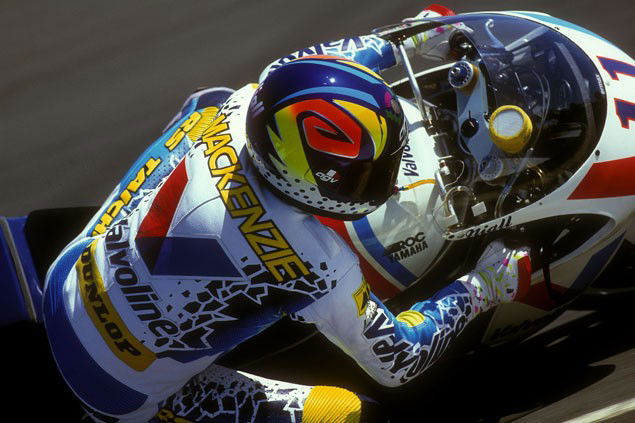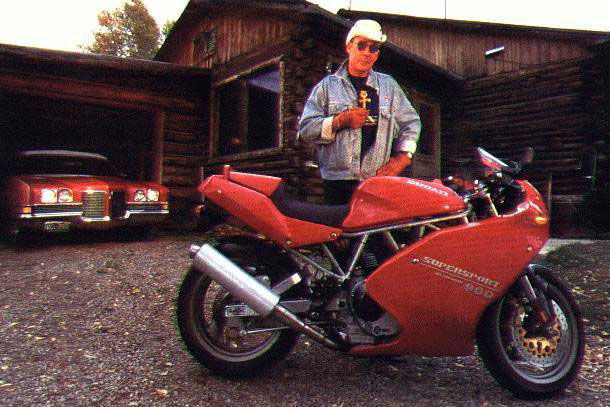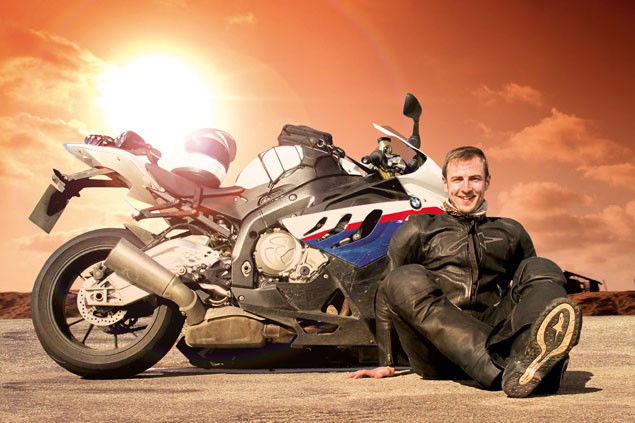Who the Hell is Niall Mackenzie?
Niall went from digging holes for the council to being Freddie Spencer’s team mate in five years. In his GP career he scored seven podiums and 28 top-fives. And after 10 years in Grand Prix he returned to the UK and won three consecutive BSB titles


“My worst Mackenzie memory? That would have to be the Japanese Grand Prix at Suzuka in 1987,” Rob McElnea muses. “I was fairly well established on the Grand Prix scene at that point and then this Niall Mackenzie bloke comes along for the first race in his first season of GPs and sticks his bike on f*cking pole position. The Japanese treated him as an absolute God for that. He couldn't walk round the paddock without people trying to pull him apart just to get a piece of him.”
Of course, Niall Mackenzie himself wouldn't dream of telling you stories like that – he's far too modest. So if you want to know just how good Visordown's chief road tester was as a motorcycle racer, you've got to ask other people.
The reason for Mackenzie's modesty lies largely in his rural Scottish upbringing. Not much has come out of Fankerton apart from paper from the local mill and even exports dried up many years ago. A village of about 60 houses near Denny in Stirlingshire, it's certainly not where Grand Prix stars are supposed to come from. In such a rural Scottish location, even if you are good at something, you're not supposed to boast about it. That'd be a certain shortcut to a good shoeing.
His introduction to two wheels was very much in keeping with his humble Scottish background. While other GP stars of the future were bought expensive mini-bikes and taken to dirt track events from the age of three or four, Mackenzie made his riding debut on a disused railway line on a motorised bicycle he and his friends liberated from the local dump. “It only made about 3bhp,” he says. “But I was just blown away with the whole concept and that was the start of it for me – I had to have a motorbike.”
With £40 saved from his milk round, Niall treated himself to a Honda C90 step-thru. Chasing older friends on faster Suzuki AP50s was good early training but he soon upgraded to a Yamaha FS-1E.
In 1980, the young Scot bought the bike that would change his life – Yamaha's new RD350LC. When the Scottish ACU announced it would be staging a series for LCs in 1981, he couldn’t rip his number plate off quick enough. Making his race debut at Carnaby, Mackenzie caught the racing bug. “I was so pumped up that I didn't care if I crashed or died or anything,” he recalls. He did neither, finishing third in the Production class against some fairly handy racers. He rates the small wooden plaque he got as the best trophy he ever received.
One week later he took his maiden victory at Knockhill and suddenly realised he might just make a living out of this racing lark. “I won £110 in prize money – that was £30 more than I was taking home in a week from my job at the Scottish electricity board.”

